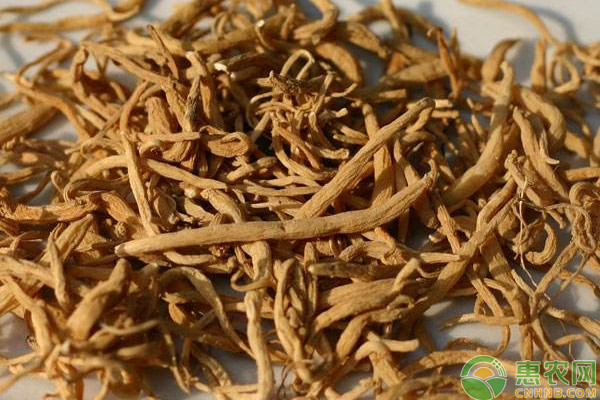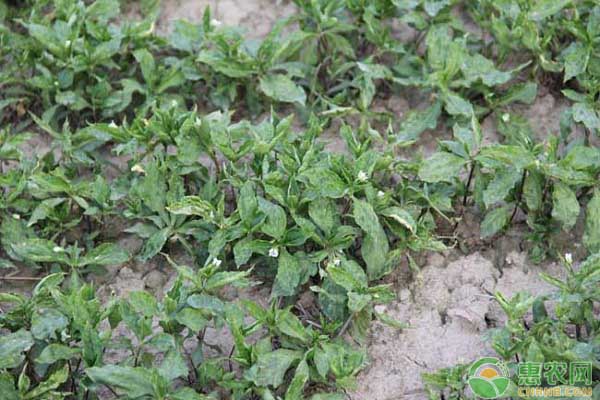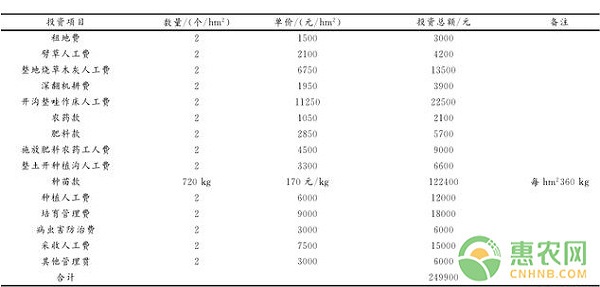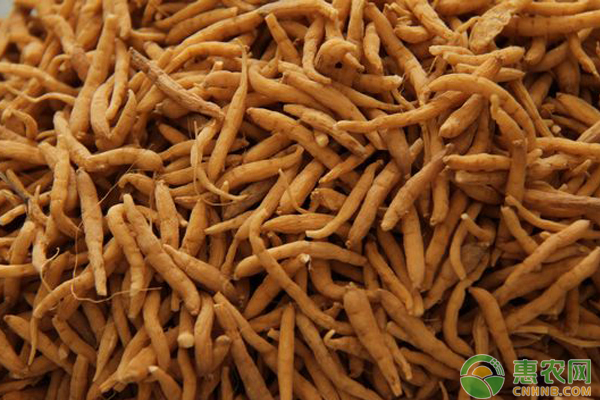How is the ginseng planted? Today, the cultivation techniques of P. sinensis are studied in the experimental area of ​​Youxi County. The cultivation techniques of P. sylvestris mainly include land preparation and application of base fertilizer, seedling selection and planting, cultivation management, pest control, harvesting and seed retention. High-yield production should pay attention to the production requirements of each link, and do a good job in every link.

1 Overview of the test site
The test site is located in the deserted mountain farmland area of ​​Xingming Village, Chengguan Town, Youxi County, with a land area of ​​2hm2. It is located at 118°14′30′′~118°14′40′′ east longitude and 26°10′25′′~26°10′40′′ north latitude. At 420~460m above sea level, the slope is northward and the slope is 20°. The soil is sandy soil and the soil layer is deep. The climatic conditions belong to the mid-subtropical monsoon climate zone. The water and heat resources are abundant, and the four seasons are distinct. The annual average temperature is 18.9 °C, the average temperature in January is 9.7 °C, the average temperature in July is 26.5 °C, the accumulated temperature in ≥10 °C is 4480-4860 °C, and the average annual precipitation. 1595mm, the average annual sunshine hours is 1765h, the annual evaporation is 1350mm, the annual frost-free period is 300d, and the relative humidity is about 83%.
2 Cultivation techniques analysis
2.1 Site preparation and application of base fertilizer
In August 2015, the planting site completely removed weeds, piled up, and produced plant ash. The machine ploughed over 20cm, and the ditch was made into a bed. The height of the bed was 25cm. The width of the raft was 1.2m wide and the shape of the gully was about 30cm. The application of carbofuran and soil bacteria to prevent pests and diseases, fine soil layers, and break loose soil. The planting ditch is opened horizontally along the surface of the rake. The distance between the ditch is 15cm and the depth of the ditch is about 10cm. In the ditch, the base fertilizer is 1hm2, the plant ash is 15000kg, and the compound fertilizer is mixed with 750kg of compound fertilizer and covered with a layer of soil.
2.2 Seedling selection and planting
The roots of robust, hypertrophic and bud heads were selected as cultivation seeds. After soaking with 50% carbendazim 500 times solution for 30 minutes before planting, the residual liquid was rinsed with water and dried, and 360 kg of 1hm2 was used. Planted in late October 2015, the seed ginseng is discharged at a distance of 5 cm from the plant spacing. The bud head is about 7 cm from the surface of the plant. The head and tail of the ginseng are connected, and then the soil is covered with fine soil.
2.3 Cultivation Management
Pull out the grass 25 days after emergence, slightly loosen the soil, and then pull the grass when sealing. The roots should be watered during the expansion period to promote the growth of the roots.

2.4 Pest Control
2.4.1 Disease prevention
Prevention and control of Taizishen mosaic disease, leaf spot disease and viral disease from April to May. The prevention and treatment method is to select disease-free seedlings for planting, strictly carry out rotation and no heavy planting, increase the application of phosphorus and potassium fertilizer, enhance the disease resistance of plants, pay attention to prevention and treatment. Poisoning pests, spray 1: 1:100 Bordeaux mixture at the beginning of the disease, spray once every 10d, 3 times in a row, when the incidence is serious, spray 50% carbendazim 500-1000 times liquid or 70% tobuzin 800 times liquid, 7 Spray once every 10 days, even spray 3 times.
2.4.2 Pest Control
Earthworms, tigers, cockroaches, and golden worms can all harm the growth and development of ginseng and ginseng roots, and should be killed in time. The control measures are light trapping adult insects, watering with 90% trichlorfon 1000 times in the occurrence period, mixing 5kg of wheat bran with 25~30g chlordane emulsifiable concentrate and adding appropriate amount of water to form poison bait, and scatter in the field or smash in the evening. .
2.5 harvesting and seeding
In the first ten days of July 2016, more than 50% of the stems and leaves of the local upper part were harvested, and the rate of ginseng root yield was the highest. Choose sunny time to harvest, and harvest all the roots and roots. Choose a disease-free, fixed-characteristic, full-budded, fat-filled planting root, place it in a cool place with a layer of sand about 10cm thick, and then put a layer of ginseng to cover a layer of sand, and repeatedly overlap 4~5 layers. Keep the sand layer moist during storage, check every 20d, pick out the moldy roots, and choose the best before planting to ensure the root quality. After the seed is kept, the roots of the roots are washed with water, and the roots are removed. The roots are placed on the drying ground or on the drying table to be dried.
3 Survey results
Random sampling survey was carried out. Each plot area was 10m2. 20 plots were randomly selected from the planting ground to excavate the fresh seeds of Taizishen and weighed separately. Generally, one maternal ginseng was planted and more than 10 sub-ginsengs could be produced.
The land utilization rate of the sample plot is 60%, and the production of fresh products is 4050kg/hm2. After processing 3kg fresh products, 1kg dry product is formed, that is, 1hm2 is produced for 1350kg.
4 Investment Benefit Analysis
4.1 Economic benefits
4.1.1 Investment cost
The investment cost mainly includes land rent, land preparation and fertilization labor, fertilizer, seedlings, planting labor, cultivation management fees, pest control fees, and labor costs. See Table 1 for details.
Table 1 Investment cost analysis

4.1.2 Calculation of output value
At present, the calculation is based on the commodity. If part of the seed is kept, the output value of the seedlings will increase accordingly. The commodity is 2700kg, the unit price is 370 yuan / kg, and the sales income of the goods is 99,900 yuan.
4.1.3 net income
Net income = sales income - investment cost = 999,000 yuan - 249,900 yuan = 749,100 yuan. Annual profit = net income / investment recovery period = 749,100 yuan / 1 = 749,100 yuan, that is, one-year profit of 374,550 yuan / hm2. Since the investment cost is paid according to the production stage when the labor cost is paid, the payment time lags behind the production time, and the lag time is not inconsistent, so the capital occupation fee is not calculated when calculating the return on investment.
Annual return on investment = annual profit / total investment × 100% = 749,100 yuan / 249,900 yuan × 100% = 299.76%.

4.2 Social benefits
The economic benefit of Radix Pseudostellariae is high. If it can be promoted and applied, it is of great significance to adjust the structure of agricultural industry and improve the development level of forestry. It can absorb a large amount of labor, ease the employment pressure of rural labor, and increase the income of farmers. This time only plant 2hm2. It is necessary to pay a labor fee of 110,700 yuan. At the same time, it also opened up farmland in the barren hills, and farmers also earned a rent of 3,000 yuan. Strong planting can greatly improve the income level of rural people, promote the development of local national economy and related industries, and have significant social benefits.
The above is the cultivation point of the ginseng ginseng compiled by Hui Nong. The pharmacy friends who need it can collect the spare. I hope to inspire most farmers!
YT-T15
YT-T15
Shenzhen Sunshine Technology Co.,Ltd , https://www.shenzhenyatwin.com